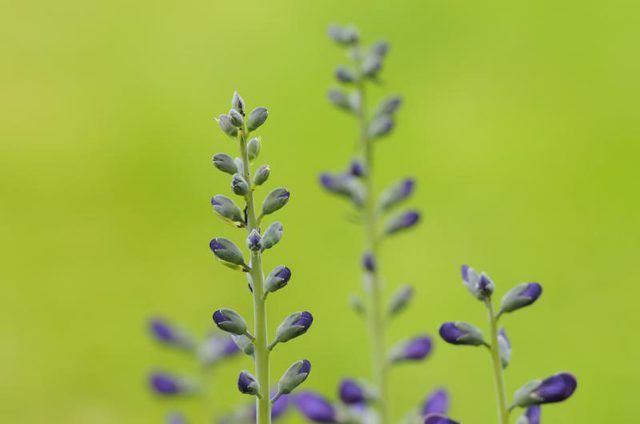Bulbs
Flower Basics
Flower Beds & Specialty Gardens
Flower Garden
Garden Furniture
Garden Gnomes
Garden Seeds
Garden Sheds
Garden Statues
Garden Tools & Supplies
Gardening Basics
Green & Organic
Groundcovers & Vines
Growing Annuals
Growing Basil
Growing Beans
Growing Berries
Growing Blueberries
Growing Cactus
Growing Corn
Growing Cotton
Growing Edibles
Growing Flowers
Growing Garlic
Growing Grapes
Growing Grass
Growing Herbs
Growing Jasmine
Growing Mint
Growing Mushrooms
Orchids
Growing Peanuts
Growing Perennials
Growing Plants
Growing Rosemary
Growing Roses
Growing Strawberries
Growing Sunflowers
Growing Thyme
Growing Tomatoes
Growing Tulips
Growing Vegetables
Herb Basics
Herb Garden
Indoor Growing
Landscaping Basics
Landscaping Patios
Landscaping Plants
Landscaping Shrubs
Landscaping Trees
Landscaping Walks & Pathways
Lawn Basics
Lawn Maintenance
Lawn Mowers
Lawn Ornaments
Lawn Planting
Lawn Tools
Outdoor Growing
Overall Landscape Planning
Pests, Weeds & Problems
Plant Basics
Rock Garden
Rose Garden
Shrubs
Soil
Specialty Gardens
Trees
Vegetable Garden
Yard Maintenance
How to Grow False Indigo
How to Grow False Indigo. The common name false indigo refers to several plants within the genus Baptisia, including white false indigo (Baptisia alba) and blue false indigo (Baptisia australis) . They are prized for their airy foliage and 3- to 4-foot-tall flower spikes, which feature dainty, pea-like flowers in late spring and early summer. False...

The common name false indigo refers to several plants within the genus Baptisia, including white false indigo (Baptisia alba) and blue false indigo (Baptisia australis) . They are prized for their airy foliage and 3- to 4-foot-tall flower spikes, which feature dainty, pea-like flowers in late spring and early summer. False indigo plants suffer few problems and can thrive for decades. However, they must be grown under the right conditions with routine care to reach their full potential.
Climate Concerns
All species of false indigo originated in the Southeastern and Midwestern United States, where they occur in dry woodlands and open fields. They are adaptable to a wide range of climate conditions, although their hardiness varies according to the species and cultivar. White false indigo performs best within U.S. Department of Agriculture plant hardiness zones 5 to 9, but cultivars such as "Wayne's World" (Baptisia alba "Wayne's World) will survive in temperatures as low as those found in USDA hardiness zone 4. Blue false indigo grows best in USDA hardiness zones 3 to 9, as does "Purple Smoke" (Baptisia "Purple Smoke"), a hybrid variety between blue and white false indigo.
Growing Conditions
Growing false indigo requires patience because it can take several years to become established. Mature plants resent transplant, so choosing the right growing location is vital. Select a bed with deep, moist and fast-draining soil and at least 3 square feet of space for each plant. Amend poor or heavy soil with a 2- to 4-inch layer of compost to improve its drainage and moisture retention. Full sun exposure is best, although false indigo plants will tolerate light shade in warmer climates. Heavy shade causes poor blooming and leggy growth, so it is best avoided.
Moisture Requirements
False indigo tolerates extended drought once established, but it looks better and blooms more spectacularly if provided with supplemental water during the summer months. Water deeply but infrequently, providing 1 inch of water every seven to 10 days during the growing season. Let the soil dry out between waterings to prevent fungal problems, especially if the plants are grown under crowded conditions. The water needs of false indigo decrease during the winter dormant period, so withhold all supplemental water from autumn until spring.
Fertilizer Needs
False indigo belongs to the legume family, a group of plants known for their ability to convert atmospheric nitrogen into a nutritionally viable form. As a result, false indigo requires no supplemental fertilizer apart from a light application of organic compost each year. Spread a 1- to 2-inch layer of compost in a 2-foot radius around the base of the false indigo plant each spring. Work it into the top few inches of soil, taking care not to disturb the plant's roots. Not only will the compost provide a steady source of low-dose nutrients, it will help regulate soil moisture and keep weeds at bay.
Special Care Tips
With their innate adaptability and striking appearance, false indigo plants make an ideal addition to native plant landscaping. However, they are not without drawbacks. All parts of the plant are poisonous, causing gastrointestinal upset if ingested. Although not highly toxic, false indigo plants may pose a risk to children and pets, so it is best to limit contact with them. Plant false indigo away from where kids and pets play, or install a physical barrier around the plants to prevent contact.